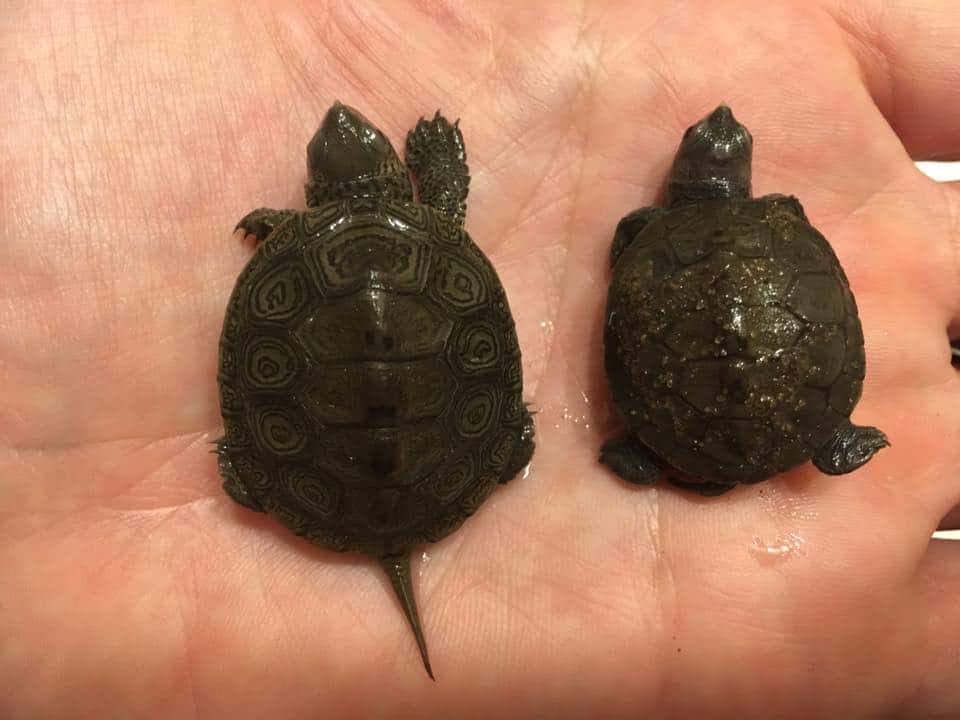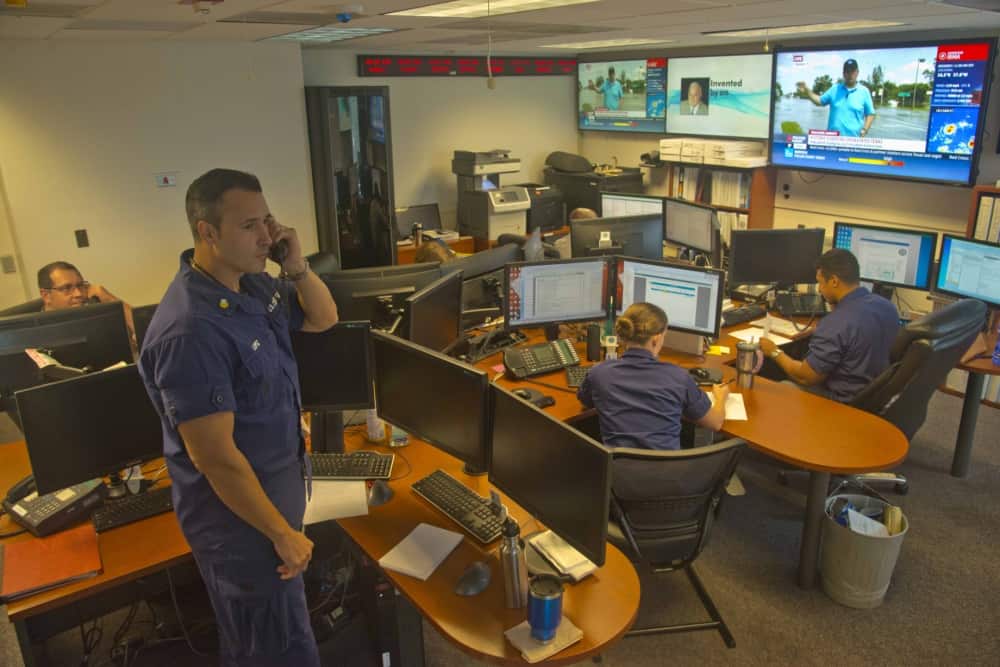The exciting discovery of a diamondback terrapin nest on a South River beach has turned into a real success story.
All 17 eggs have hatched, including the “runt,” who hatched a full week after the rest of the eggs!
The mother terrapin laid her eggs on a community “dog beach” in Hillsmere. A terrapin nest is rare to find in Annapolis. Because it was in a high traffic area for people and dogs, the volunteer-run Terrapin Institute carefully collected the eggs and artificially incubated them.
Now that the tiny terps have hatched, they will have a chance to grow all winter under protection, while wild terrapins are hibernating. The babies will be released right back to the Hillsmere beach next spring, when they’re better equipped to survive predators. The Terrapin Institute says the goal is to grow them to four inches. This should also keep them out of recreational crab pots (as long as the crab pots are equipped with the required “turtle excluder.”)
So who will care for the little hatchlings all winter? They will be placed in local schools to be raised by students, in the Terrapin Institute’s Head Start Program.
The popular program started in 1998 to engage students in active hands-on conservation. Terrapin Institute co-founded Jeff Popp explains how the program works:

“Once [the hatchlings] are eating well, we deliver them to participating schools and teachers where we give them a lesson on terrapin history and the need for conservation of the species. We work directly with the teachers to help get them set up properly for their new classmates, learn how to care for the animals, and then they raise the terrapins until June. At that time, we collect all the animals back for a health screening (we don’t want to release sick animals back to the wild) and then students and teachers are invited to go with us to release the animals back to where they were from.”
Students and teachers monitor the hatchlings’ growth by measuring and weighing them. The Head Start program incorporates several subjects for the students: science, math, art, and even economics and history. The Terrapin Institute engages students in conservation, asking each child to take one steps to help terrapins in the wild. Some students have written letters to public officials, volunteered to clean up terrapin habitat, and raising awareness about preventing terrapin deaths in crab pots.
Students from second grade and above at Hillsmere Elementary School, the Key School, and other schools in Howard and Baltimore Counties will foster this round of terrapins.
-Meg Walburn Viviano




